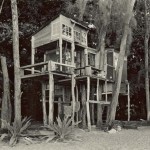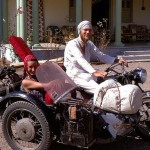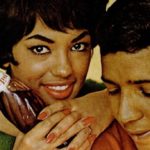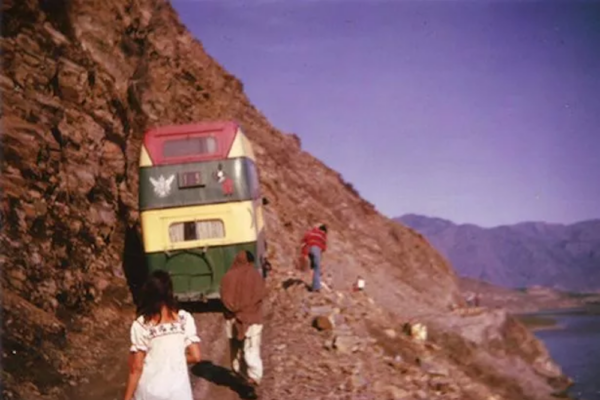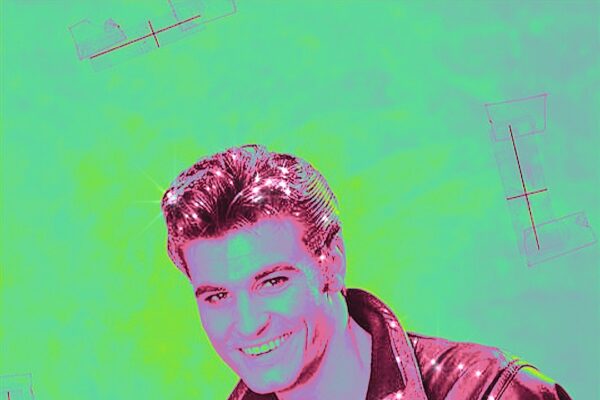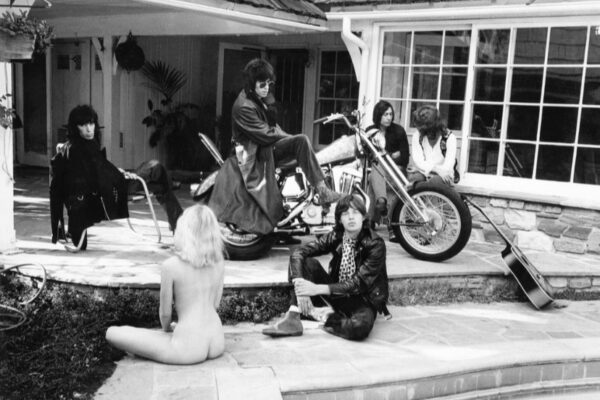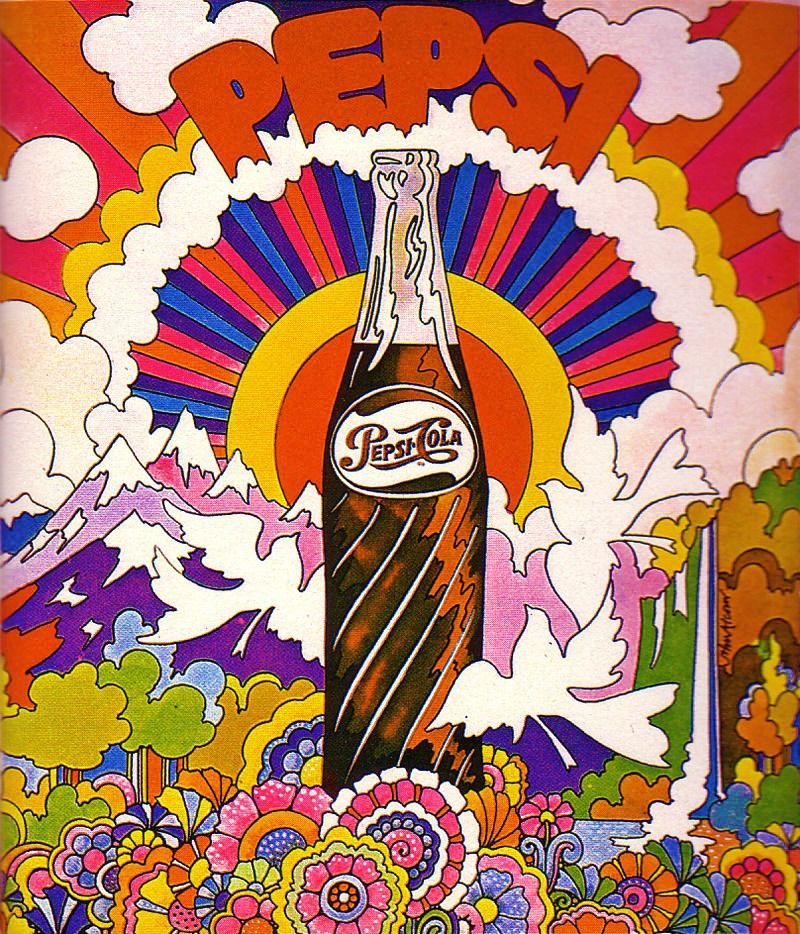
In the late 1960s and 70s, America’s big corporations could see the psychedelic writing on the wall and they knew they had to do something. A wave of psychedelia was taking over pop culture and the LSD-infused hippie aesthetic was huge. The influence of drug culture on some of the most iconic brands saw everyone from Henry Ford to Ronald McDonald jumping on the groovy train and taking a trip to be hip with their own “far out” marketing campaigns. Exhibit A: Here’s a McDonald’s targeting both stoners and kids in a 1969 television commercial. Ronald looks like he’s tripping balls…
Mixing children’s entertainment with themes of drug use? Surely not! Well at the time, kids’ media was also as important as it had ever been. Hippies already had a big stake in the market and the drugs they were experimenting with were often associated with accessing that childlike creativity. So it made perfect sense for advertisers to get two birds stoned at once! (See what I did there).
After its psychedelic properties were accidentally discovered in the lab by Albert Hofmann in 1943, LSD’s after-effects seeped through much of Western culture, from art to literature to, most obviously, music, which was arguably never the same after icons like Bob Dylan, The Beatles and Jimi Hendrix started dropping acid. In the early 1960s, the world of psychedelic design (whose influence stretches back to the swirling style of Art Nouveau) was just on the cusp of coming into existence, but by the 1970s, the Mad Men of mainstream advertising were getting high off the stuff too.
Here’s a 1970s Pepsi ad, packed with hallucinogenic images.
For years, rival brand 7-Up also tried to capture the hippie market and revive dormant sales by appropriating the aesthetic. From 1969 to 1975, the soft drink’s ads were dominated by a rainbow of colors, psychedelic butterflies, women with kaleidoscopic eyes, and other trippy visuals. The advertising posters were even given away on college campuses in the hopes that students would hang them on their dorm room walls and start hallucinating about 7-Up soda…
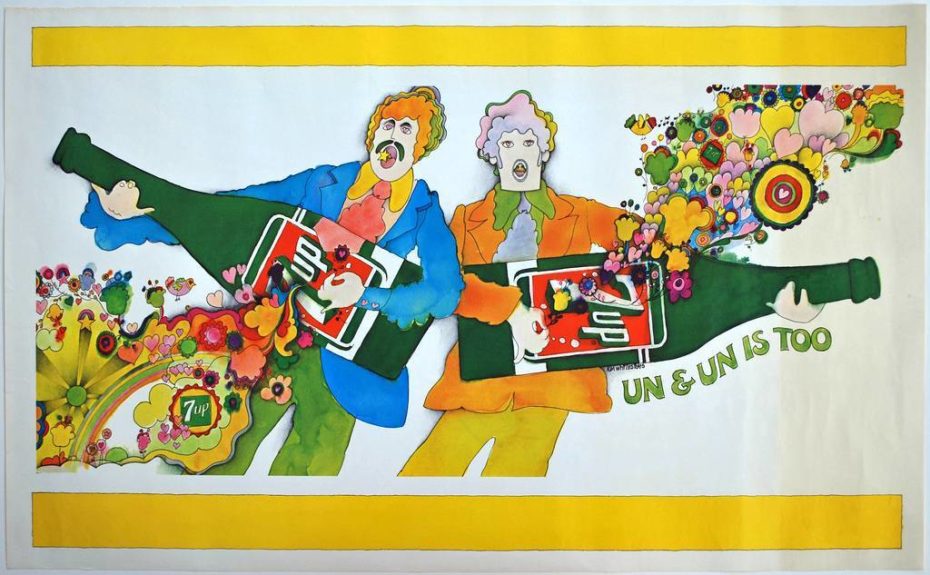
What’s interesting is that to sell their product, these major brands were targeting a movement that had fought so tirelessly against the very system of capitalism their corporations represented. This was conservative America getting in bed with the hippies and the counterculture they so obviously clashed with politically and ideologically.
Despite the mixed emotion attached to the rise of Psychedelic Art, many companies explicitly associated themselves with the aesthetic. Even Campbell’s, the iconic canned soup whose most loyal customer was the suburban American housewife, revealed a 1968 poster that read “Turn your wall souper-delic!”. Broadcasting companies like CBS and NBC, all fed commercials featuring psychedelic elements into American households between 1968 and 1969.
By the mid 1970s, the aesthetic was no longer the outrageous counterculture movement of a rebellious new generation but a fully integrated part of consumerist American culture, seen in nearly every other advertisement, from cars, cigarettes and cough medicine to beauty products and beverages. Having been watered down of everything it originally stood for, psychedelic art had become a shadow of its former self.


A far cry from the ground-breaking rock ‘n roll poster designs that came out of San Francisco in the early 60s, if the aesthetic ultimately came to be viewed as ugly, garish and kitsch, it was only because corporate advertising had over exposed us to it. Of course, all things cool and unique start to lose their appeal when the suits enter the picture.


